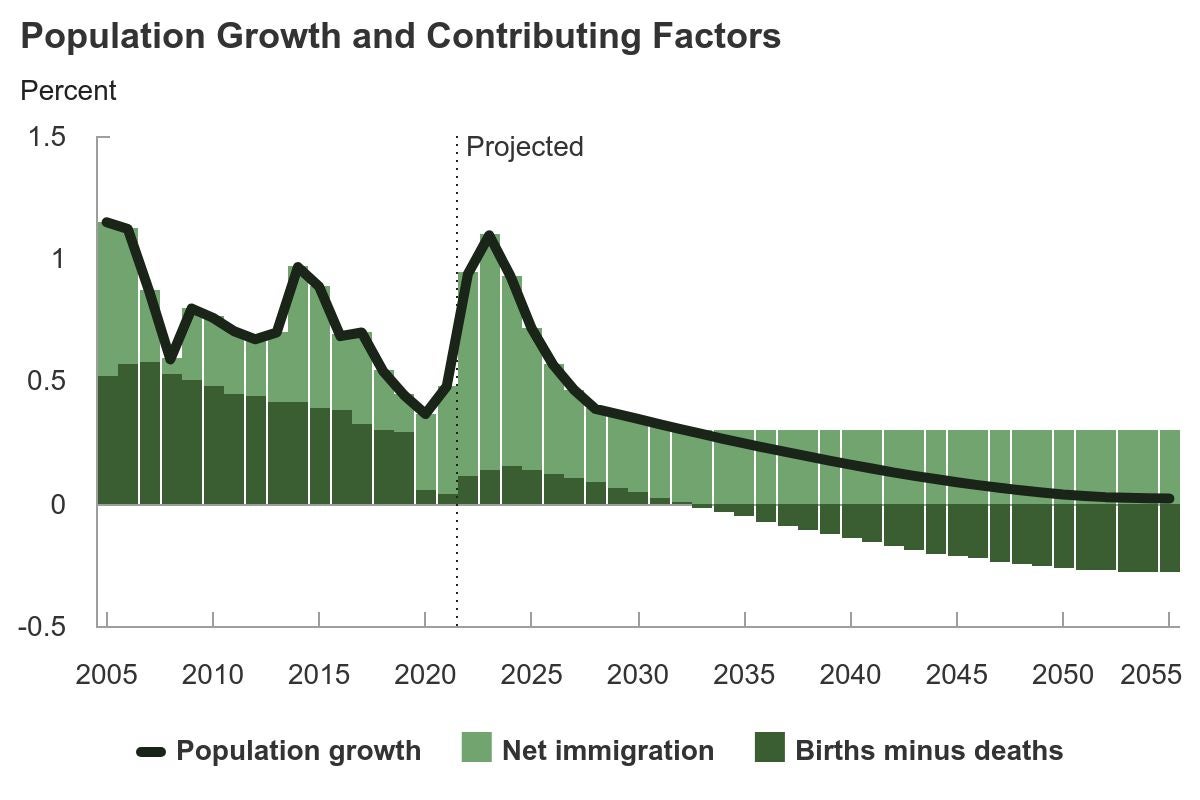US deaths expected to exceed births within a decade
A drop in birth rates is expected due to an estimated loss in immigration

Your support helps us to tell the story
From reproductive rights to climate change to Big Tech, The Independent is on the ground when the story is developing. Whether it's investigating the financials of Elon Musk's pro-Trump PAC or producing our latest documentary, 'The A Word', which shines a light on the American women fighting for reproductive rights, we know how important it is to parse out the facts from the messaging.
At such a critical moment in US history, we need reporters on the ground. Your donation allows us to keep sending journalists to speak to both sides of the story.
The Independent is trusted by Americans across the entire political spectrum. And unlike many other quality news outlets, we choose not to lock Americans out of our reporting and analysis with paywalls. We believe quality journalism should be available to everyone, paid for by those who can afford it.
Your support makes all the difference.U.S. birth rates are projected to drop within a decade and will be exceeded by deaths, according to new projections released by the federal government this month.
The analysis from the Congressional Budget Office factors in births, deaths and net immigration when calculating population growth.
A drop in birth rates is expected due to an estimated loss in immigration. Without immigration, the population would shrink beginning in 2033, in part because fertility rates are projected to remain too low for a generation to replace itself, the office wrote in its report.

The office said it lowered its projected fertility rate from 1.70 births per woman to 1.60 and incorporated differences in fertility rates of U.S.-born women and women born elsewhere.
In particular, women under 30 are expected to have lower fertility rates, dropping from 0.79 births per woman to 0.62 by 2055. The birth rate for women over 30 is projected to increase from 0.84 births in 2025 to 0.98 births by 2055. The office anticipates more women will delay having children until they’re in their 30s.
The projected rates are based on past trends, the office said.
However, the portion of the population aged 65 and older is expected to grow quicker than younger groups, which could cause the average age of the population to rise. A population which is both older and smaller could have significant impacts on the economy and on government policies.
The report takes into account laws and policies that were in place as of November 15, days after President-elect Donald Trump’s victory. Potential changes that could be made to those policies by the incoming administration are not considered.
Additionally, less net immigration is predicted compared to last year due to the consequences of President Joe Biden’s executive order in June 2024 that temporarily suspended the entry of most non-citizens at the southern border.
Goldman Sachs economists predict immigration could drop to 750,000 a year, below the pre-Covid average of a million a year, if tighter restrictions are imposed.
The numbers are in contrast to what the CBO predicted only a year ago. If accurate, deaths would begin to exceed births in 2033. In total, the U.S. population will increase from 350 million people in 2025 to 375 million in 2055, meaning the population will grow approximately six percent over the next three decades instead of 10 percent.
That rate is less than one-quarter of the average growth rate from 1975 to 2024, which stood at 0.9 percent annually.
The numbers are “highly uncertain,” the office states. Small differences could compound over time and drastically alter the demographic picture toward the end of the 30-year projection period.
Join our commenting forum
Join thought-provoking conversations, follow other Independent readers and see their replies
Comments